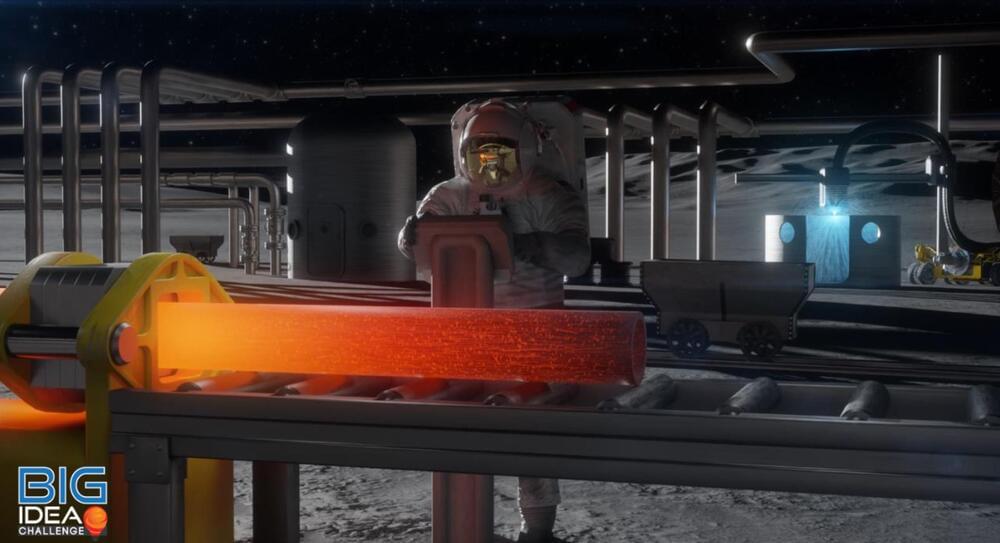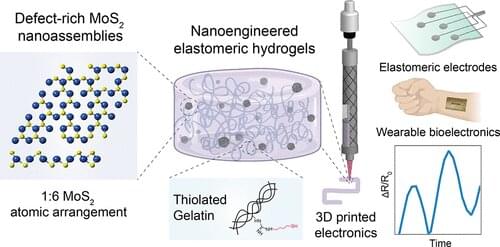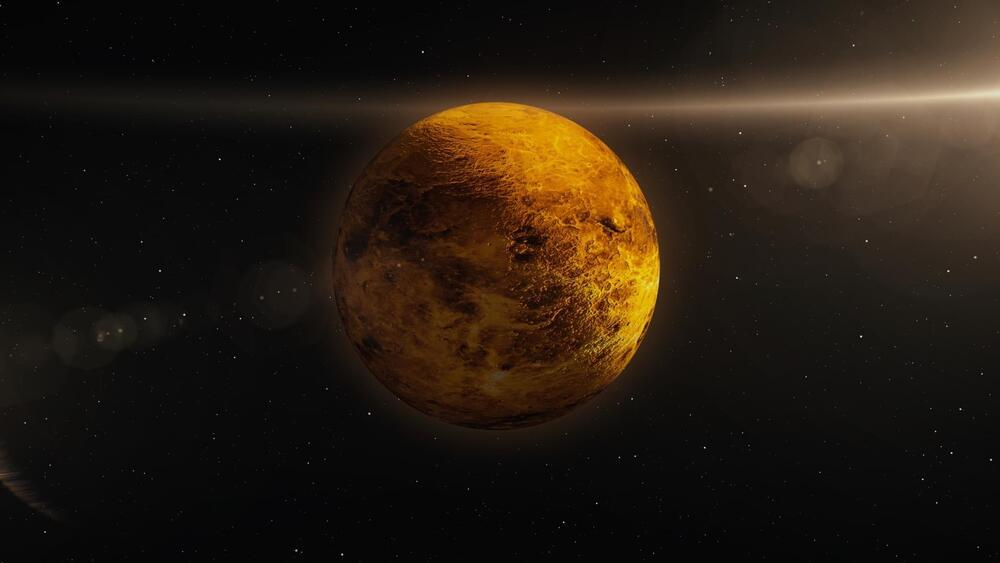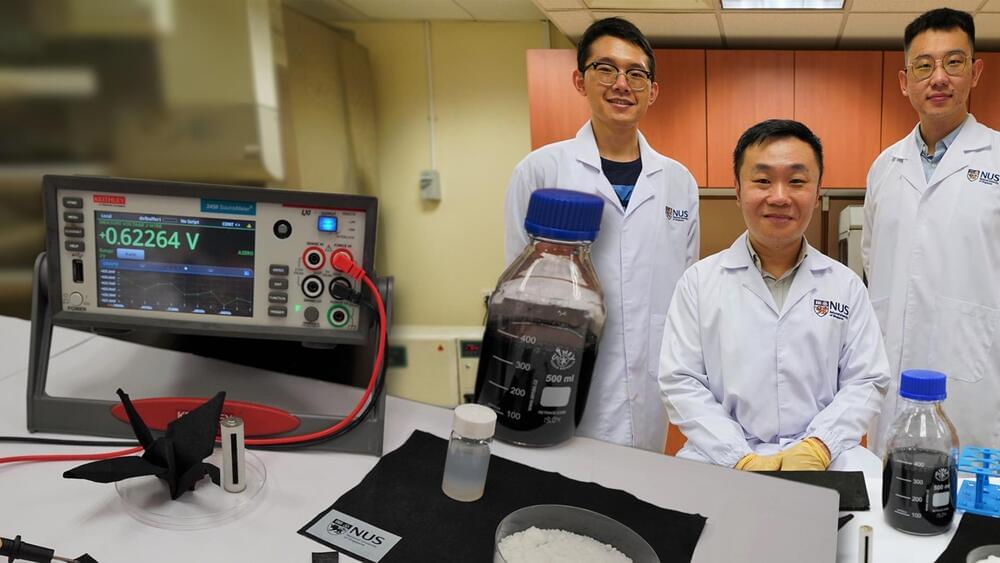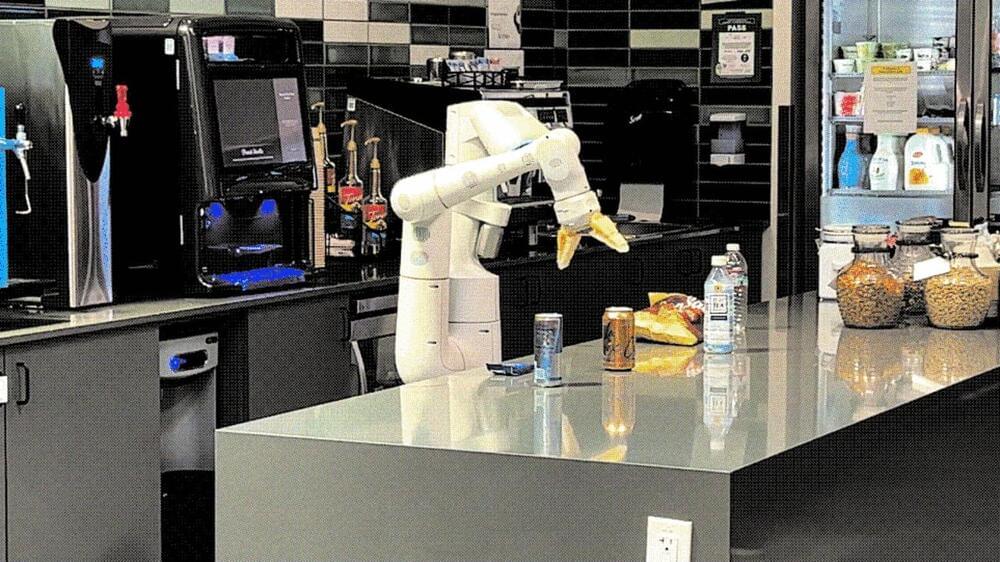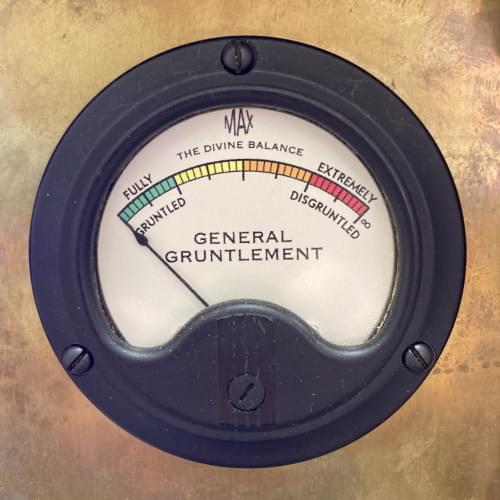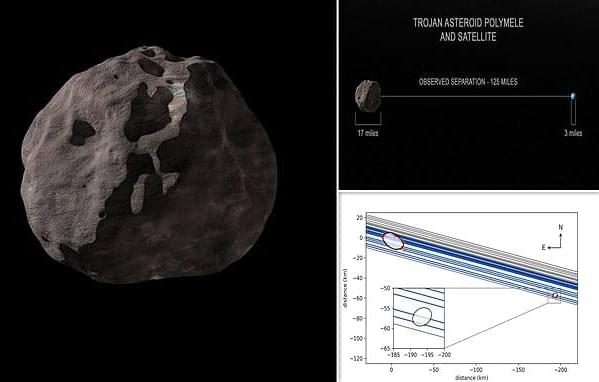Aug 19, 2022
NASA Seeks Student Ideas for Extracting, Forging Metal on the Moon
Posted by Wise Technology in categories: materials, space travel
2023 annual Breakthrough, Innovative and Game-Changing (BIG) Idea Challenge asks university students to design a metal production pipeline on the Moon — from extracting metal from lunar minerals to creating structures and tools. The ability to extract metal and build needed infrastructure on the Moon advances the Artemis Program goal of a sustained human presence on the lunar surface.
Its strength and resistance to corrosion make metal key to building structures, pipes, cables and more, but the metal materials for infrastructure are heavy, making them very expensive to transport. Student teams participating in the BIG Idea Challenge, a university-level competition sponsored by NASA and managed by the National Institute of Aerospace (NIA), will develop innovative ways to extract and convert metals from minerals found on the Moon, such as ilmenite and anorthite, to enable metal manufacturing on the Moon.
The BIG Idea Challenge, now in its eighth year, invites university students to tackle some of the most critical needs facing space exploration and help create the mission capabilities that could make new discoveries possible. The challenge provides undergraduate and graduate students working with faculty advisors the opportunity to design, develop, and demonstrate their technology in a project-based program over the course of a year and a half. This NASA-funded challenge provides development awards of up to $180,000 to up to eight selected teams to build and demonstrate their concept designs and share the results of their research and testing at the culminating forum in November 2023.
